Description
Before the west was widely settled| photographs provided the first glimpse white society had of the aboriginal people who occupied the hinterlands of the continent. “Copying People” – a phrase borrowed from the Haida of the Queen Charlotte Islands that means "camera" – is a collection of historical photographs chosen from the vast number of images in museums and archives across North America. Taken by professional photographers| surveyors| anthropologists| civil servants| and tourists| these fascinating images show how early non-Native photographers "pictured" First Nations people and influenced the outside world’s perceptions of them.
Many of these photographs attempt to document the "traditional" Indian| with their subjects dressed up in wigs| costumes| and other props provided by the photographer. In an effort to record for posterity what they viewed as a doomed race| the photographers helped construct the "idea" of the Indian in the collective mind of white society. Other photographers used images of Native people for commercial purposes| or pictured their subjects in suits and dresses| hoping to appeal to an audience eager for evidence that Natives were becoming "civilized." Depicting Native societies under a great deal of stress at a time of tremendous change in their way of life and their environment| the photographs also reveal societies struggling to preserve their cultures and successfully adapting to new economic opportunities. And despite what we might think of their motives| many photographers produced images of remarkable power and enduring beauty. Covering all of British Columbia| the book represents the work of every important photographer dealing with aboriginal people in the province before World war II. With 140 archival images| “Copying People” offers a privileged glimpse of British Columbia’s original inhabitants.

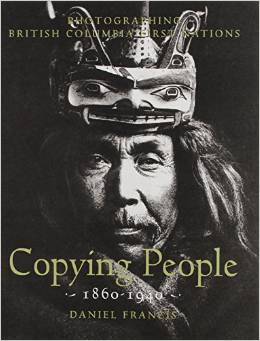
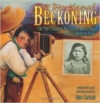
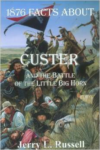
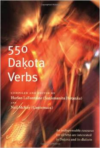
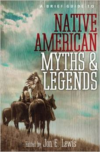
Reviews
There are no reviews yet.